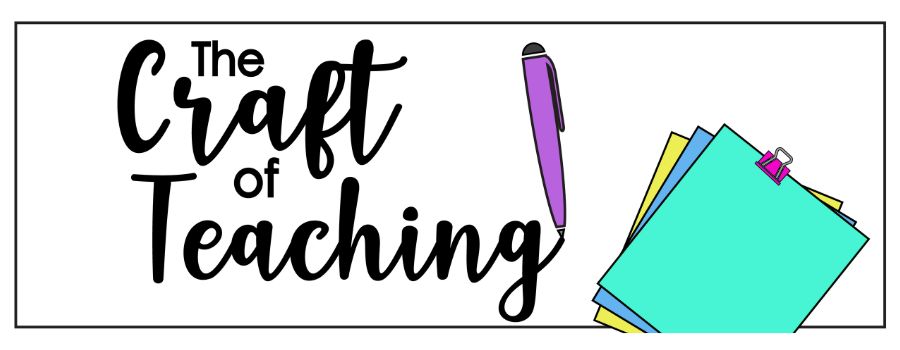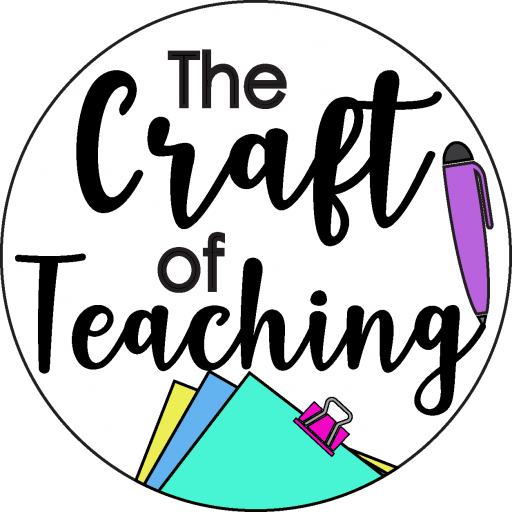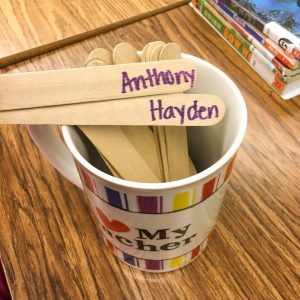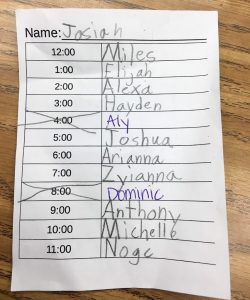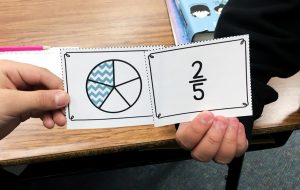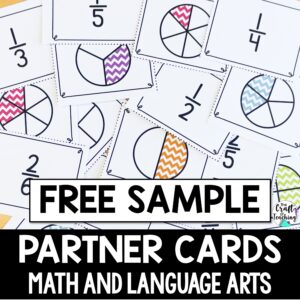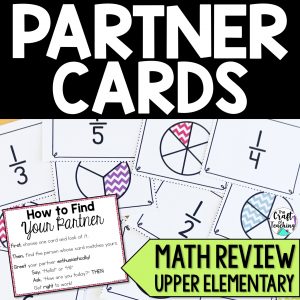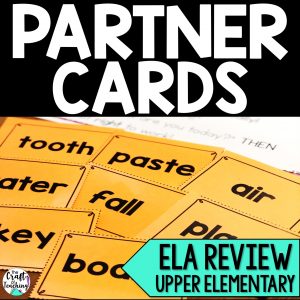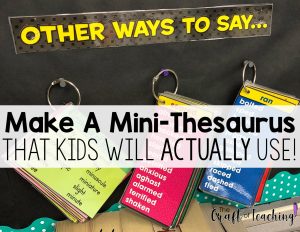I can’t believe that winter break is here already! This year is flying by, and I can definitely tell that it’s time for a break.
My students are moody. Chatty. Cranky. AND sick of each other. They have been seeing the same people day in and day out for the past several months and they need a break. (So does their teacher, by the way.)
Normally, I let 5th graders choose their partners. It’s fast and easy and I don’t have to worry about trying to avoid certain partnerships. Let’s be honest, I’m a lazy hands-off teacher when it comes to partners. But the couple of weeks right before winter break really made me rethink this laissez faire attitude of mine. In order for everyone to still be on speaking terms before the semester ended, I needed to intervene and help them work with some new people that they weren’t burned out on. Check out these activities to find partners or groups!
Here are a few ways I mixed it up – and will be mixing it up – for choosing partners this year!
This post contains affiliate links. I earn a small commission each time someone makes a purchase through one of these links. These commissions help support the blog. All opinions are my own.
1. Pulling Sticks
An oldie but a goodie, pulling popsicle sticks with two names on them is easy and quick! One upside to this method is the fact that you can make partners, group of 3 or 4 or any size quickly and easily. A downside is that it is pretty random and you might end up with some people who can’t work well together. True confessions – sometimes I peek and adjust as I pull!!!
Upside: quick and easy, can make groups larger than 2
Downside: less teacher control over partnerships
2. Clock Partners
For years (I’m not kidding) I have been saying I wanted to try clock partners. But I never did. I thought it would be too time consuming to set up and so I always put it off. Not this year though!! I saw a blog post about this from Jennifer at Cult of Pedagogy and I decided to stop balking and just do it. AND I’m really glad I did. This method gives me a little bit of control over some of the partnerships and gives the students lots of choices when they are filling in their partners. (They can still avoid people who aren’t the right fit for them and have many other choices for partners.)
The basic idea is this: print out a clock or a table filled with times. Mine was a table with times from 12:00-11:00. They find a different partner for each time and write the name down on their paper. I had my students leave two times blank and I filled them in with the names of two people I wanted them to work with. (I based these partners on reading and math ability.) Then, they keep their paper at their desk and when I don’t want the hassle of 5th grade drama interfering with partners, I just tell them to find their 6 o’clock partner and voila! I don’t lose my mind and everyone has a partner.
Upside: teacher does not lose her mind, all students have lots of choices, less random than pulling sticks
Downside: only works for partners, students catch on when you call the same time consistently, takes a bit of time to set up
3. Playing Cards
Using a plain old deck of playing cards is a great way to mix it up when creating groups. This works really well if you want to mix it up for seating, group projects, etc. Students draw a card and then find the people who have the other cards in that set. For example – all the students with a 4 become a group.
Upside: relatively quick, will mix up students randomly to work with new people, can create groups up to 4 people
Downside: less control over grouping, need to make sure you have the right number of cards and matches before passing out cards
4. Partner Cards
Partner cards are a variation on playing cards, and work just about the same. Each student gets a card and then finds the person with the match. The difference is that with partner cards, students get a quick bit of practice with a math or language arts skill.
My students are just getting started with fractions, so we are using fraction partner cards! With this set, they are looking for a fraction and visual representation that match. Those people then become partners!
I have also used these cards for students to find a partner during Morning Meeting. I leave a card on each desk, then when they come in each morning then use their card to find the person they will greet. (You can have a little more control of who will become partners if you do it this way – simply lay the right matches out on those students’ desks.)
Upside: can make partners or groups of 3, students are practicing skills at the same time, will get kids working with new and different people
Downside: no groups larger than 3, some prep to make sure you have the right number of cards to match, less teacher control over groups
If you want to give partner cards a try, check out this freebie! You can try the fraction matching set above and a set for making a group of three with prefixes and suffixes.
This partner card resource has many different sets of cards to practice a bunch of different skills. There is a math one and one for ELA skills, or you can grab it in the money saving bundle!
I’d love to hear how you make finding partners easy in your classroom! Leave me a comment below with your awesome idea!

